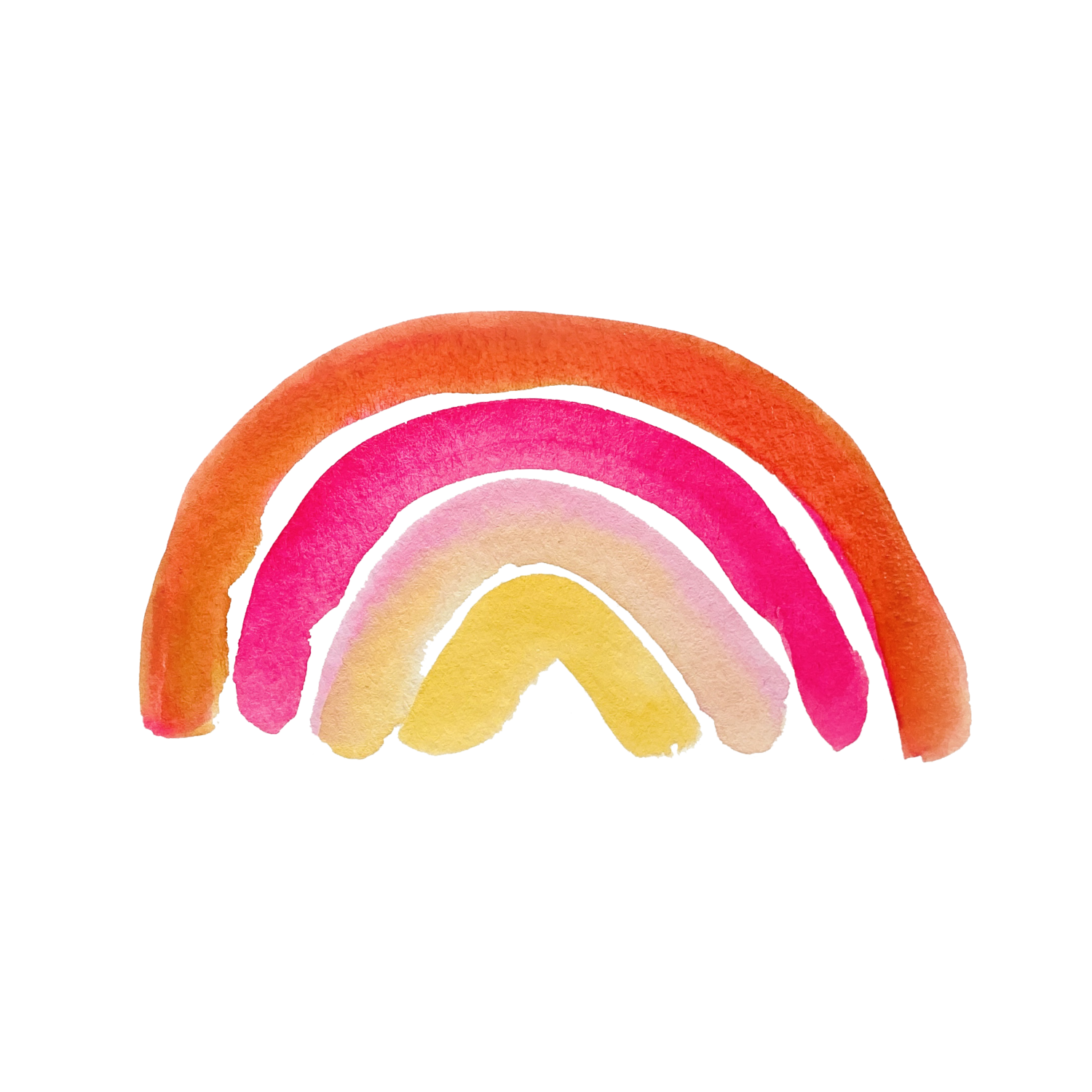Wet on Dry Watercolor Technique for Beginners
The Basics of Wet on Dry
Wet on Dry technique involves applying wet paint and water onto dry paper — at least that’s what Google will tell you. It’s achieved by mixing paint and water on a palette, then applying it to a grade of paper you prefer. If you’d like to learn about watercolor paper, I discuss it here. Knowing how much water you should apply to your dry paper is the key to success with watercolors. However, if you have a ceramic palette, you will have a good idea of how your colors mix with water. You can check out one of my other articles about the supplies I use here.
You can watch the exact process of wet on dry below in this video tutorial.
Palettes really make all the difference when you are learning the wet on dry technique. Ceramic palettes mix watercolors more evening with paints and you can see this on the palette. I’ve used a lot of plein air palettes. I coveted this one beautiful palette at the local art supply and saved up to purchase it.
The palette was the perfect size for smushing it into my purse for practicing painting various techniques while on the go. I could deploy my wet paints into the different sections of the palette and let them dry. The problem — the paints don't mix like ceramic. To this day, my ceramic palette is still the best. I was told by a botanical painting master to only use ceramic, and guess what? He’s right. Nothing mixes paint like a ceramic palette. Stick with with ceramic if you’re working on mastering the foundational techniques.
How Wet on Dry is done
You’re going to want watercolor paper, a brush, a tube of paint, a type of palette, and a cup of water to create the floral artwork seen above. A lot of great watercolor artists use this technique to create beautiful floral stationary cards and other DIY projects.
Supplies List:
A brush
Palette
Cup of water
Watercolor paper ( I prefer hot press paper)
Tube of paint
As a side note, I use mason jars to hold the water used to clean off my brush, because it discourages me from accidentally drinking out of them. Once you have a cup of water you’re going to apply watercolor paint to your palette and mix the paint with water. Then you pick up the amount of water and paint you prefer and apply it to paper. This part is entirely up to you. You can lay it on thick or thin.
Watercolor paints have degrees of translucency. Some are more opaque than others. Opaque just means how much pigment is in the tube. The back of the tube will tell you how much opacity the paints have. The more opaque, then the less you can see through the paint; your colors will be more vibrant and darker on the paper. When painting with wet on dry, it’s important to know about opacity since you’re only applying one layer of paint on the paper.
You might still be wondering if watercolor painting is hard. Well, I answer that in the next article and on my Youtube channel where I break down the whole learning process.


